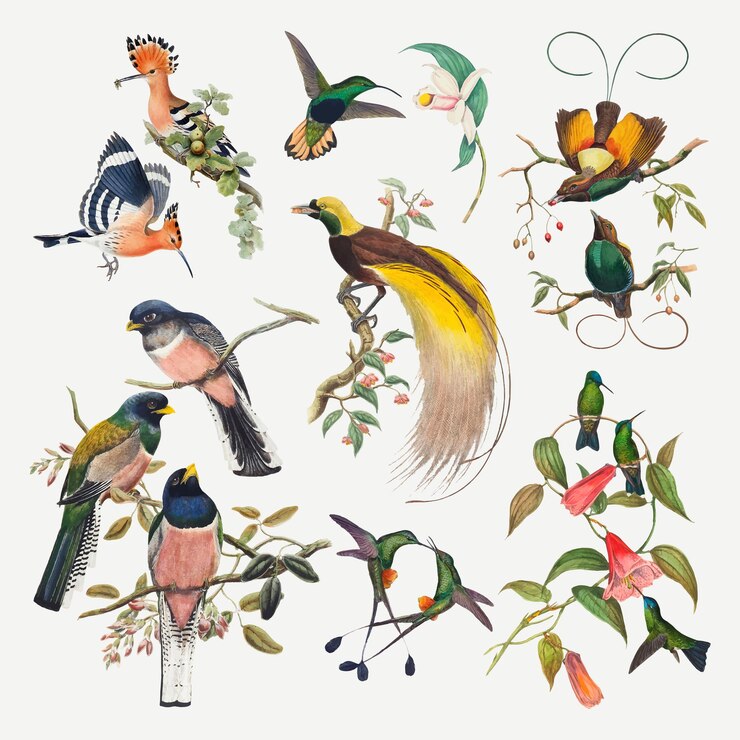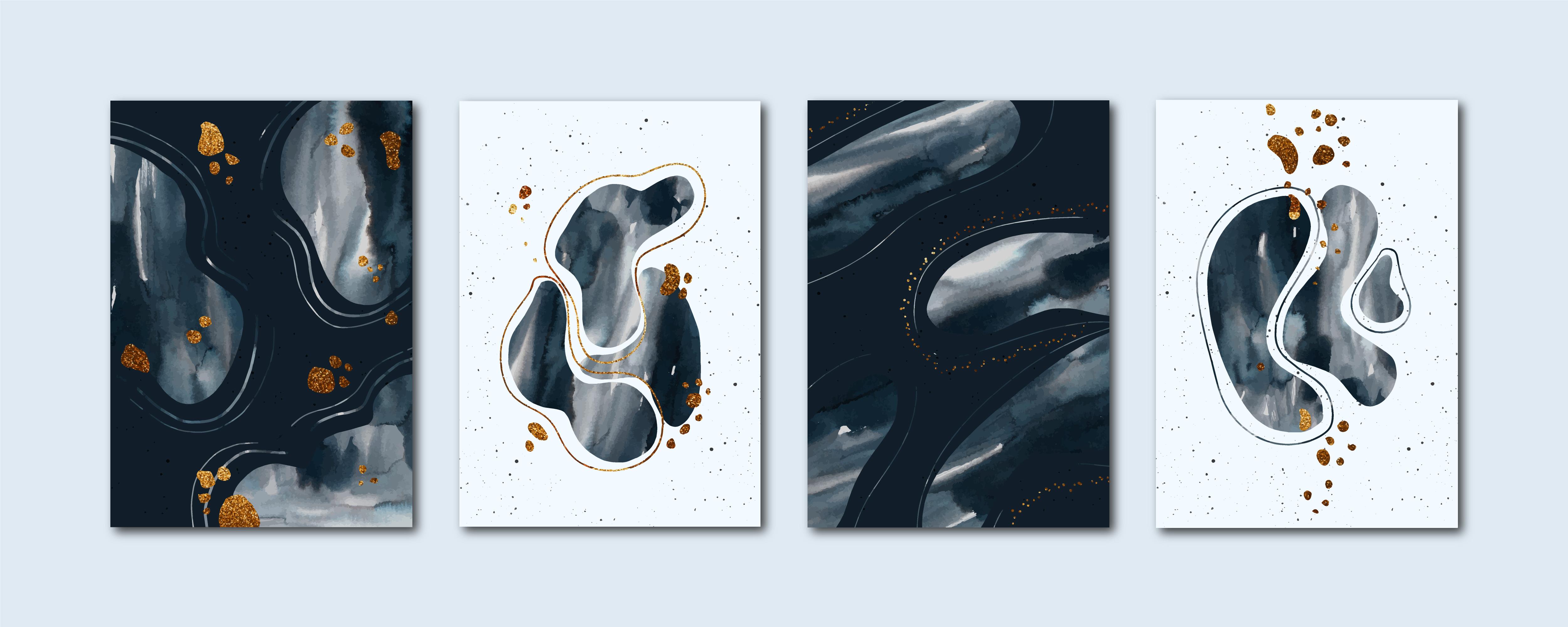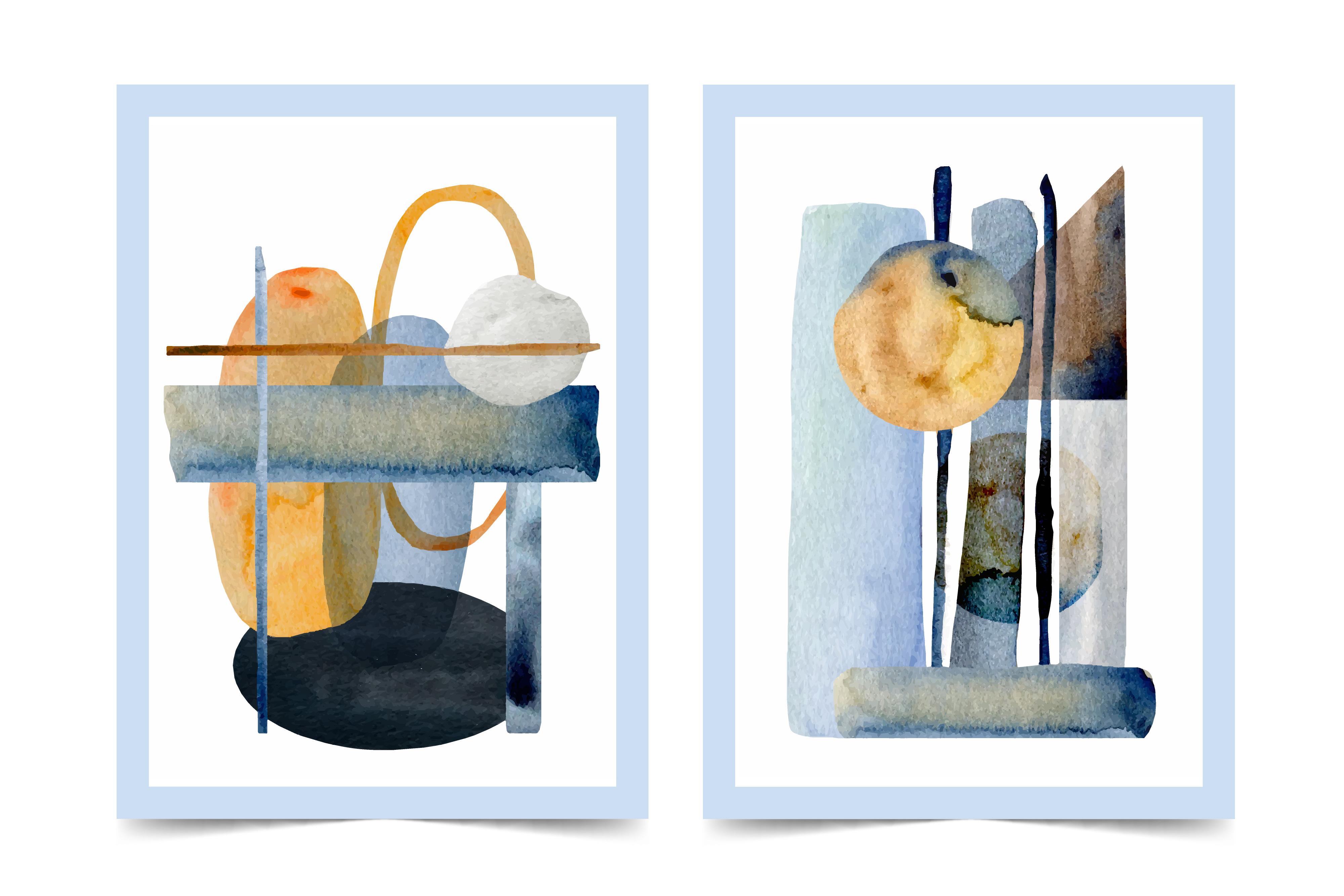PREVIOUS POST
What is the difference between a lithograph and a giclee print
 Leave a Comment
Leave a Comment
Lithography and giclee printing offer two diverse ways to create high-quality prints. While lithographs have been around for centuries, giclee printing is a relatively recent development. Nonetheless, both lithographs and giclee prints have their features which endear them to art enthusiasts and collectors. In this post, we will look at both in detail.
Giclee prints
Giclee prints are widely considered the best for fine art prints. Giclee printing derives its name from the French word which means to squirt or to spray. This refers to the method by which ink is sprayed onto a surface in the printing process.
Typically pigment- based inks are used for creating giclee prints. These inks are instrumental in ensuring that accurate colors are reproduced about the original. Giclee prints also use acid-free paper which ensures longevity. These papers are also well suited for the use of pigment-based inks. Wide format inkjet printers are also required for making giclee prints or canvas prints. These printers should be able to hold a large number of colors to ensure accurate reproduction of the images.
Advantages of Giclee prints
Being the result of the preeminent printing method, giclee prints bring advantages that other prints couldn’t match. Let’s look at them now.
True-to-original: Giclee prints provide accurate reproduction of the original image, making them a preferred choice for fine art prints.
High durability: Since museum-quality materials are used in the production of these fine art prints, they can last for more than a century, depending on the print surface and ink that you choose.
More affordable: For collectors, a giclee print makes it more affordable to own an artwork. The price of original artworks puts them well beyond the budget of many.
Helps artists to expand their audience: Artists can create a limited number of giclee prints, enabling them to bring their artwork to a wider audience, without sacrificing the quality of the image.
Photostop has been providing high-quality fine art prints for over fifteen years now. Their offerings include archival quality giclee prints which have made them the preferred service provider of some of India’s leading artists and photographers. You can place your orders online and get them delivered to your doorstep.
Lithograph
Due to the use of specialized equipment and manual labor involved, lithographs have a certain handcrafted quality. For this reason, lithography is among the most skilled methods for producing fine art prints.
To produce a lithograph, the first step is to print the artwork on a stone surface like limestone or on a metallic plate. Typically, craftsmen use greasy pencils to draw the image on the print surfaces. In some instances, crayons can also be used. Once the picture is drawn, it is then washed in a chemical solution. This helps the ink to stick closely to the surface. As the next step, water is applied to the unpainted regions. This keeps the ink from spreading and ruining the image. After this, the paper with the image is embedded between the plate and a layer of tympan. This is then passed through a scraper bar. ( If you are using a stone surface to create the lithograph, you should ensure that it is thick enough to sustain the pressure that will be applied to it at this stage.) Once the surface is passed through the scraper bar, the layers on either side of the paper are removed. You will now see that the paper has a reproduction of the original image.
Advantages of lithographic printing
Lithographic printing has some important advantages. Let’s look at them now.
High-volume printing: If you want to create large volumes of prints in a short period, it is an ideal method.
Economical: It offers an economical alternative to many other printing methods.
High clarity of pictures: You can be sure that the picture you print will have a high quality in clarity and sharpness. This is one reason why it is used for creating fine art prints.
Disadvantages of lithographic printing
Notwithstanding its benefits, this printing methodology also has its disadvantages. Let’s look at them now.
Not suitable for complex images: If the image has too complex a design or pattern, you won’t get an optimal result with lithographic printing. The same holds for images with fine variations in colors.
Not suited for text-heavy prints: if your image has too many words in it, the reproduction would be too time-consuming.
Tags: Giclee Prints, Canvas Prints.
Leave a Reply
Your email address will not be published. Required fields are marked *


